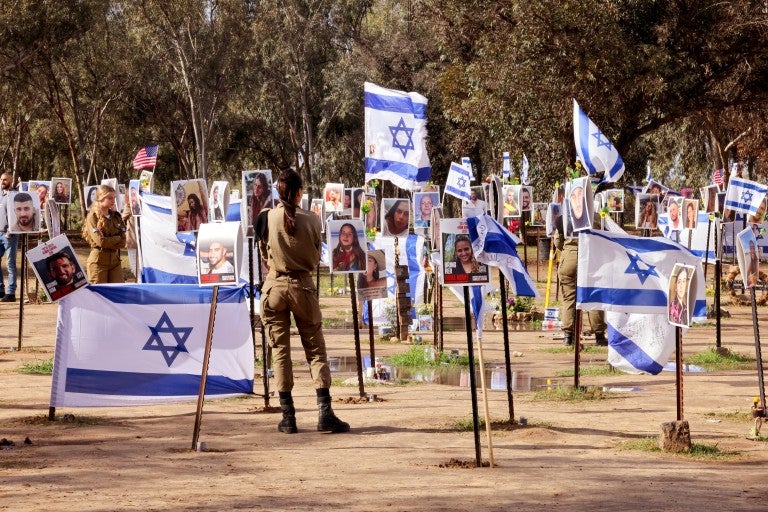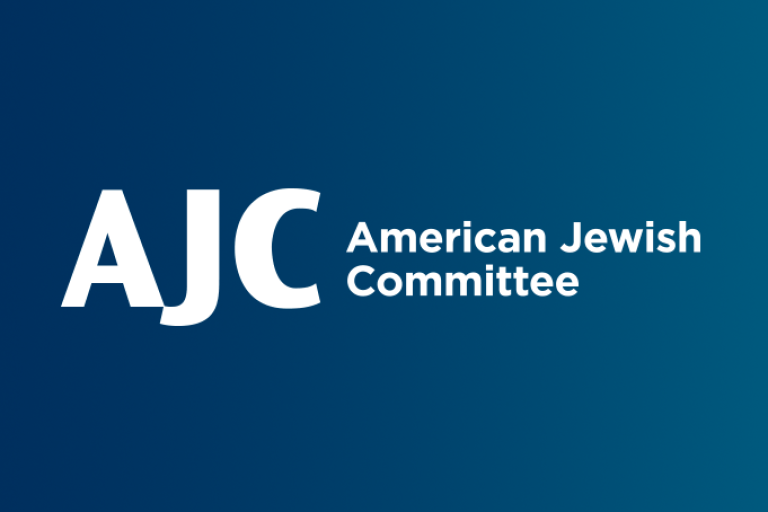April 4, 2019
For more than two years, the hottest ticket in Washington hasn’t been at the Kennedy Center or to see the Caps or Nats play hockey or baseball or even to attend President Trump’s Hanukkah party. The most in-demand ticket has been the National Museum of African American History and Culture, the newest Smithsonian museum.
The founding director of the museum, Dr. Lonnie Bunch, a longtime friend of AJC, discussed with AJC Passport Podcast host Seffi Kogen the history, the present, and future of Black Jewish relations in America.
Listen to AJC Passport
In the interview, Bunch tracked Black-Jewish relations since the late 19th century and forcefully made the case that hard work is necessary in order to present a united front in today’s America.
Bunch also reminisced about his museum staff's trip to Israel with AJC Project Interchange, which he describes as one of the most important things he's ever done in his career.
Interview highlights
On the common enemy facing Blacks and Jews
“There is a growing sense of white nationalism and if you listen to the people who espouse that, the hatred is really toward immigrants, blacks, and Jews. In many ways, it’s really incumbent on us to do some of the work we’ve done in the past, which is to illuminate all the dark corners of the American experience, to make sure people are clear about what these racists stand for. But also how do we come together to create the kind of platforms that allows us to bring the support in, to provide legal challenges, to help people who combat this? I think this is a real good time for blacks and Jews to say it’s our time again and join hands to fight for a better country.”
On points of tension between the communities
“What’s really important is that we support each other in a way that says the African-American and Jewish community do not have to be in lockstep on every issue. We can debate a variety of issues, but we shouldn’t let those debates be the splinter that separates us. Because ultimately our greatest strength is in unity and if we allow the Right to have legitimate debate to prevent us from moving forward then I think we’re playing into the hands of the neo-Nazis.”
On why going to Israel was the most important thing he’s done in his career
“I would argue that going to Israel was one of the most important things I’ve done, not just in building this museum, but in my career. In several ways, many things that happened were amazing. First of all, the obvious thing of being able to build a team, bring together staff and board members, along with AJC staffers, to basically share that together.
What I found so fascinating was that, unlike most of the Project Interchange, where there is a diversity of people, this was really staff and people tied to the museum. We had arranged that we would spend time dealing with the spiritual nature of the trip. But also, we spent time looking at Palestinian Jewish relations. But even more importantly, we spent time looking at the museums. Because what Israel’s museums do better than any other country in the world is, regardless of the subject matter, these museums explore national identity.
That’s what I really wanted this museum to do. I didn’t want this museum to explore black life, I wanted it to explore America through the lens of the African-American community. I want to understand America’s identity vis a vis race.
So, going to Israel was crucially important and, to this day, the staff that was with me – we meet, we talk about it and we always say ‘Next year in Jerusalem.’"
On his most memorable moment in Israel: crossing the River Jordan
“For African Americans there is nothing more sacred, there is nothing that symbolizes the promise of freedom than the River Jordan. There we were. I made everybody get out of the bus and we stood on the banks of the River Jordan. I’ll never forget we looked down the river. There was a black church from Detroit, Michigan baptizing people in the River Jordan. It really was something. I’ve never forgotten. And it really gave me the belief that we can do this [Museum of African American of History and Culture]. When we went, I had a staff of 10 or 15 people. We had no idea where the building would be. We had no money, no collection, but crossing the River Jordan reminded me that you’ve got to believe first.”
On why the Smithsonian includes a Center for the Study of African-American Religious Life
“What I realized is how central religion, spirituality, is for the African American community. And yet when you go to most museums, they rarely talk about it. Oh, there may be a pew here or there or let’s talk about Dr. Martin Luther King, but what I really wanted was to be able to understand how spirituality, how religion has really informed the culture, has really been the sort of Bible, if you will, to demand social change.
And I wanted a place that would allow us not to focus simply on Christianity, but to talk about black Jews, to talk about … Islam. In a way, what I was trying to do was get people to break the paradigm that when you talk about black religion it’s simply Christianity and black Baptists. What I wanted was to say ‘Let us understand what spirituality really means at its roots … expand the notion of what spirituality is, bring more communities into the conversation.”


